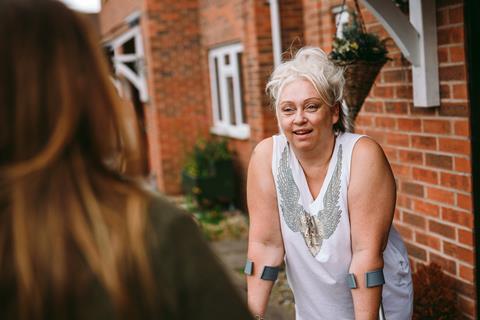Housing association blames rise on higher repair volumes
Bromford Housing’s operating costs increased by 12% last year due to ‘higher than expected repair volumes’.
The group’s turnover increased by 8% to £314m in the year to 31 March 2024, while operating costs rose by over £20m (12%) due to higher repair volumes and additional expenses to tackle condensation, damp, and mould cases.

The group said the £24m increase in turnover had been offset by higher maintenance and major repair costs of £9m, bad debt expenses of £3m and a pay award of £2m due to a staff pay rise.
Bromford’s turnover from social housing lettings rose from £239m in the 2022/23 financial year to £266m. The group said social lettings remain “the core of our business,” accounting for 85% of the group’s turnover, up two percentage points from the previous year.
The operating surplus from social housing lettings increased to £89m, up from £80m the previous year. This growth was driven by a general increase in rents and new home lettings, partially offset by wage increases and higher than anticipated repair costs.
The 47,000-home housing association’s operating surplus is up from £106m in the 2022/23 financial year, to £109m in the year ending 31 March 2024.
However, its surplus has fallen to £67m this year, from £75m in the previous financial year.
In the financial statement, Bromford said that its results for the previous year included an £11m gain due to changes in the value of financial instruments.
>> See also: Clarion boosts surplus after insourcing repairs work
>> See also: Extended financial year and falling costs see Hill break £1bn turnover mark
Bromford has reported that its earnings before interest and taxes (EBIT) are 3.2 times greater than its interest expenses and it has liquidity of £538m, which it says will provide “significant capacity for future borrowing” to support their growth plans.
Last month, Bromford announced that it had entered into discussions to merge with Flagship Housing Group to form an 80,000-home housing association. The two housing providers have said that the merger would enable them to deliver 2,000 new homes per year.
Bromford increased investment in existing homes by 14% to £64m and ended the financial year with 89% of its homes being at EPC rating C or above.
In addition, Bromford’s financial report states: “we ramped up our regeneration activity completing 52 new homes on previously demolished sites and commenced decanting customers in a further 48 homes ahead of demolishing and rebuilding these homes.”
Bromford also invested £299m in its new homes programme, completing 1,191 homes, 551 of which were for social rent.
Last week, S&P Global Ratings confirmed Bromford Housing Group’s ‘A+’ long-term issuer credit rating and said its outlook is stable. Bromford has also retained its A2 rating with Moody’s.
The ratings agency highlighted the Gloucestershire-based housing association’s “solid management expertise”, “prudent cost planning and financial headroom” and “very strong liquidity”, as key factors in its review on 22 July.
Chief executive of Bromford, Robert Nettleton, said: “I am pleased to report a strong set of results, in what has been a challenging operating environment. We’ve delivered 1,191 homes all of which are affordable, while many of our peers are reducing or withdrawing from building new homes. I am especially proud that our customer advocacy score has increased to 91%, the highest it has ever been.”
Paul Walsh, Bromford’s chief finance officer, added: “This year, we achieved a net surplus of £67m, reflecting our commitment to balancing financial health with significant investments in customer services and our homes.
”Our robust financial position provides us with the capacity to meet the growing needs of our existing and new homes programmes, reinforcing our long-term commitment to our customers and communities.”










No comments yet